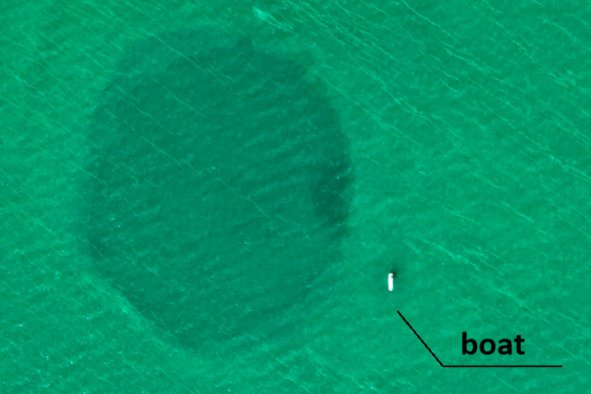Astronomers have mapped the weather on a planet hundreds of light years away, and found that it always has clear skies on the side facing its sun.
This distant exoplanet, named WASP-43 b, is a hot gas giant orbiting a star around 280 light years away from our solar system, and dramatic weather patterns have been detected, including winds of up to 5,000 mph at its equator, according to a new paper in the journal Nature Astronomy.
This far-off mapping of the planet's weather was made possible thanks to the power of the James Webb Space Telescope (JWST), which is able to measure variations in temperatures and the gases in the atmosphere of exoplanets many billions of miles away from Earth.
WASP-43 b is a "hot Jupiter" type planet with an atmosphere mostly made from hydrogen, water, and helium. It orbits its star (named WASP-43) at a very close 1.3 million miles, only 4 percent of the distance between our sun and its closest planet, Mercury. The close proximity to its star has led to it becoming tidally locked, which means one side always faces toward the star and the other always faces away—just like the moon orbiting the Earth.
"With Hubble, we could clearly see that there is water vapor on the dayside. Both Hubble and Spitzer suggested there might be clouds on the nightside," study co-author Taylor Bell, a researcher from the Bay Area Environmental Research Institute and the NASA Ames Research Center, said in a statement.
"But we needed more precise measurements from JWST to really begin mapping the temperature, cloud cover, winds, and more detailed atmospheric composition all the way around the planet."
Now, the JWST has spied the weather patterns on this distant world, confirming that it has only water vapor and no clouds on its day side, high-up and thick clouds on its night side, and powerful winds around its equator mixing gases between the two sides.
"JWST is a game changer for studying exoplanet atmospheres, and in less than two years of science operations we have already learned so much," co-author Joanna Barstow, a research fellow at the Open University, said in the statement.
These discoveries were made by watching the star as the planet passed in front of it during its rapid 19.5-hour orbit around its sun. JWST's infrared system was used to measure light from the star every 10 seconds across 24 hours.
"By observing over an entire orbit, we were able to calculate the temperature of different sides of the planet as they rotate into view," said Bell. "From that, we could construct a rough map of temperature across the planet."
The researchers found that the day side of the planet was hot enough to melt iron at a staggering 2,282 degrees F, while the night side was a much milder 1,112 degrees F. They then used 3D atmospheric models to calculate the likely weather on the planet, finding that the night side was probably covered in thick clouds, while the day side was clear-skied.
"JWST has given us an opportunity to figure out exactly which molecules we're seeing," said Barstow.
They also found that there were traces of water vapor on both the day and night sides, but there was little to no methane present in the atmosphere of the planet.
"The fact that we don't see methane tells us that WASP-43b must have wind speeds reaching something like 5,000 miles per hour," explained Barstow. "If winds move gas around from the dayside to the nightside and back again fast enough, there isn't enough time for the expected chemical reactions to produce detectable amounts of methane on the nightside."
Thanks to this powerful wind, it's likely that the atmosphere is made up of the same elements all the way around the planet.
Do you have a tip on a science story that Newsweek should be covering? Do you have a question about exoplanets? Let us know via science@newsweek.com.
Disclaimer: The copyright of this article belongs to the original author. Reposting this article is solely for the purpose of information dissemination and does not constitute any investment advice. If there is any infringement, please contact us immediately. We will make corrections or deletions as necessary. Thank you.



